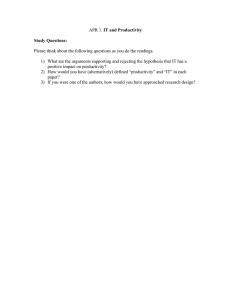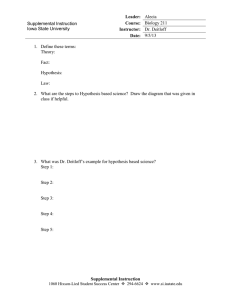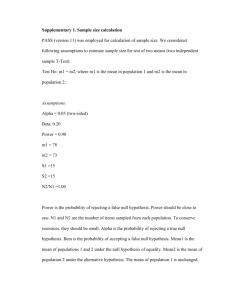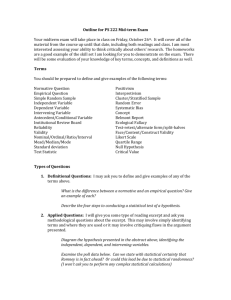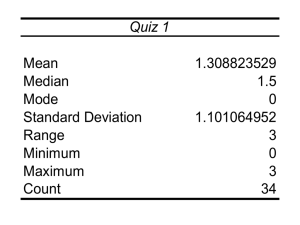Empirical accounting research design for Ph.D
advertisement
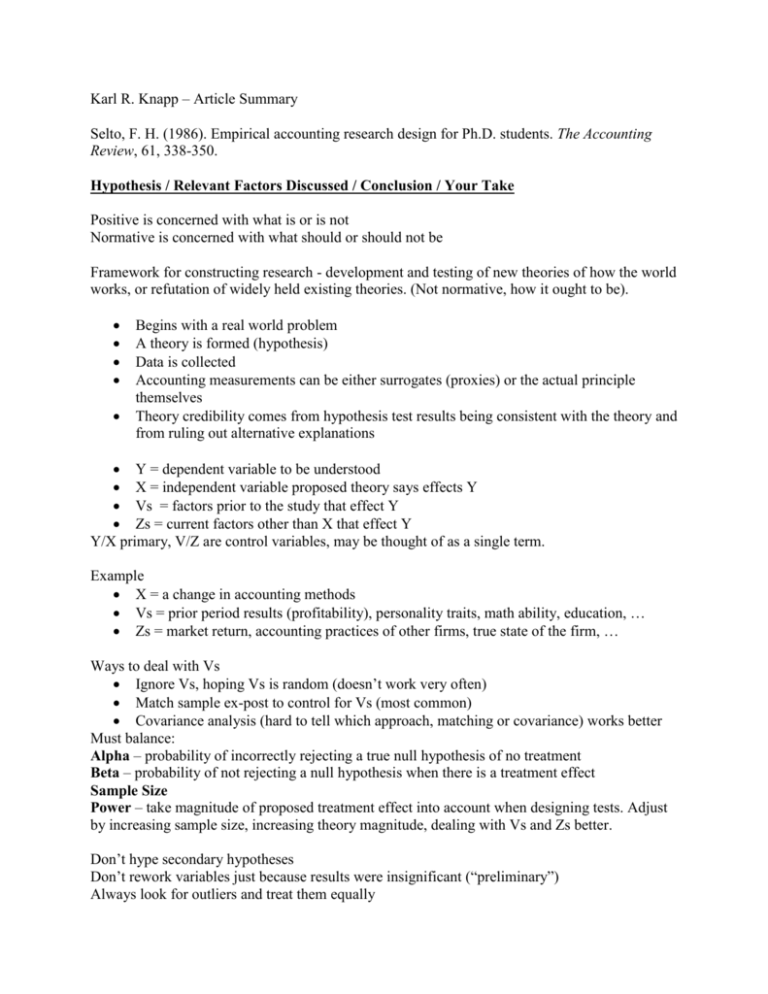
Karl R. Knapp – Article Summary Selto, F. H. (1986). Empirical accounting research design for Ph.D. students. The Accounting Review, 61, 338-350. Hypothesis / Relevant Factors Discussed / Conclusion / Your Take Positive is concerned with what is or is not Normative is concerned with what should or should not be Framework for constructing research - development and testing of new theories of how the world works, or refutation of widely held existing theories. (Not normative, how it ought to be). Begins with a real world problem A theory is formed (hypothesis) Data is collected Accounting measurements can be either surrogates (proxies) or the actual principle themselves Theory credibility comes from hypothesis test results being consistent with the theory and from ruling out alternative explanations Y = dependent variable to be understood X = independent variable proposed theory says effects Y Vs = factors prior to the study that effect Y Zs = current factors other than X that effect Y Y/X primary, V/Z are control variables, may be thought of as a single term. Example X = a change in accounting methods Vs = prior period results (profitability), personality traits, math ability, education, … Zs = market return, accounting practices of other firms, true state of the firm, … Ways to deal with Vs Ignore Vs, hoping Vs is random (doesn’t work very often) Match sample ex-post to control for Vs (most common) Covariance analysis (hard to tell which approach, matching or covariance) works better Must balance: Alpha – probability of incorrectly rejecting a true null hypothesis of no treatment Beta – probability of not rejecting a null hypothesis when there is a treatment effect Sample Size Power – take magnitude of proposed treatment effect into account when designing tests. Adjust by increasing sample size, increasing theory magnitude, dealing with Vs and Zs better. Don’t hype secondary hypotheses Don’t rework variables just because results were insignificant (“preliminary”) Always look for outliers and treat them equally

